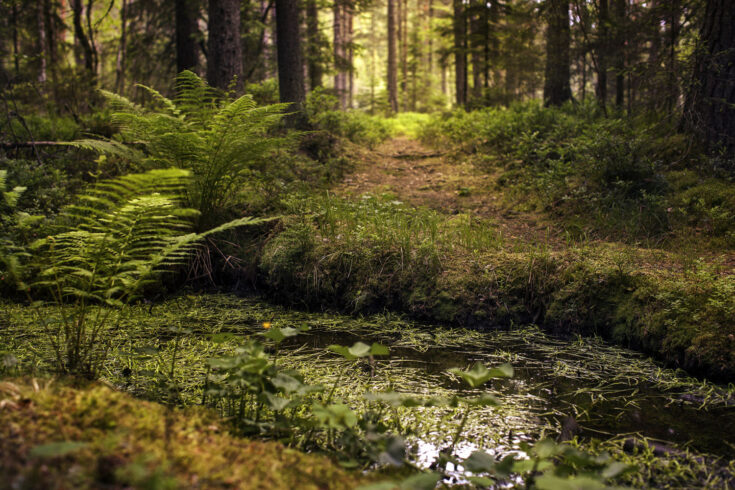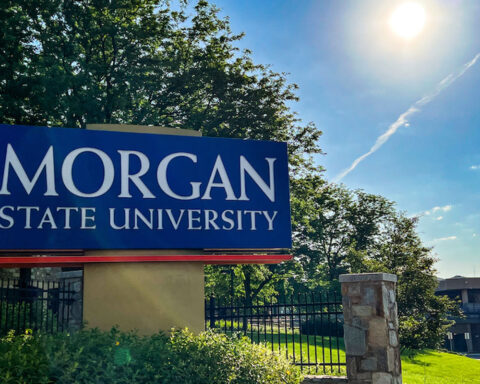By Joel McCord
For years, the study of environmental sciences has taken place in an overwhelmingly white world. While African Americans make up about 13% of the U.S. population, they receive fewer than 3% of environmental science degrees annually, according to a 2020 Data USA study. Now, officials at Morgan State University, a historically Black institution, are trying to change that. The university was granted $1 million to study microplastics in Chesapeake Bay for the next three years which is an opportunity to train more Black environmental scientists.
The study is being done at the Patuxent Environmental and Aquatic Research Lab, known as PEARL, on the grounds of Jefferson-Patterson Park in Calvert County, some 80 miles south of Morgan’s Baltimore campus.
Willie May, Morgan’s vice president for research and economic development, calls the lab “a resource that we have not taken as much advantage of as we can.”
While Morgan is a prominent HBCU, most of the staff at PEARL doesn’t “look like me,” he said. “And given that we have this great facility down there, we needed to make sure that we expose the main student body to some of the programs that we have.”
Scott Knoche, director of the lab, calls it a “pipeline problem.”
“The figures are really stark and depressing; something like, I think 2.6% of environmental science PhD holders are black or African American,” he says. “And, you know, we’re making small but important inroads into changing that.”
The university has put together state and federal grants to support more than 33 active research projects at PEARL, including the microplastics study, which is funded by the National Science Foundation.
Microplastics leach into the water system from massive matted debris patches of plastic water jugs, cups, carry out containers and abandoned fishing nets polluting the world’s oceans. They’re tiny pieces – smaller than a sesame seed – that have flaked off from the mats and become easy pickings for fish and other aquatic creatures.
Scientists at PEARL, near the mouth of the Patuxent River, have lined up four five-gallon plastic buckets among the larger vats in a basement hatchery with lines pumping oxygen into the water. Thousands of tiny oyster larvae float free in two of the buckets. In the other two, they are mixed with microplastics.





